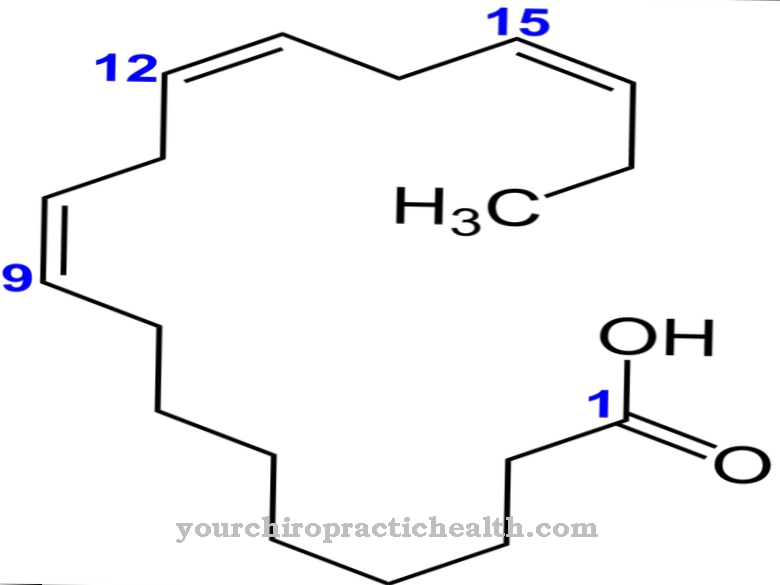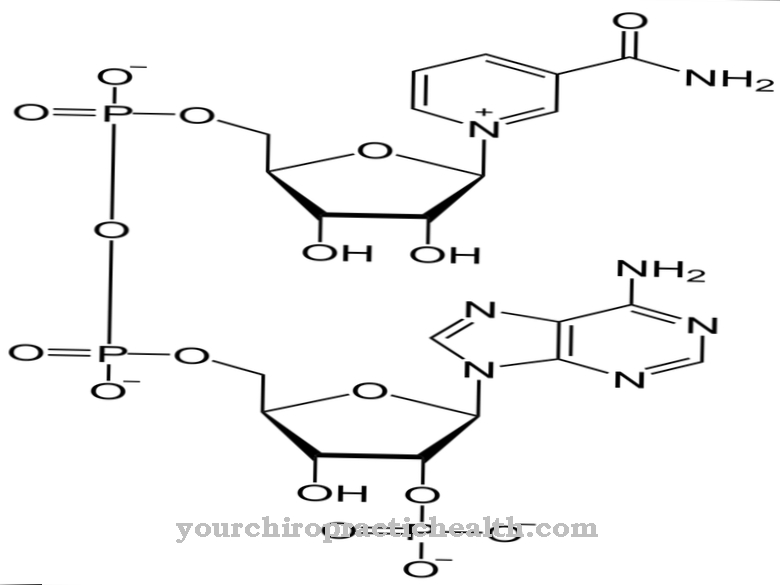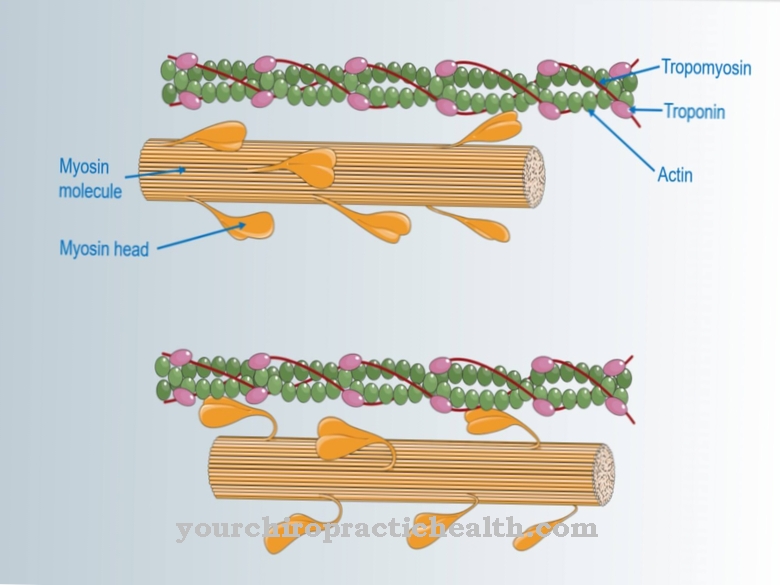Used by monoclonal antibodies In other words, it means proteins that are produced by a very specific cell line or a cell clone. Their specific properties include that they have only a single antigenic determinant. The production of the material used for immunization can be traced back to a single B lymphocyte.
What is a monoclonal antibody?
As soon as an antigen is detected by an antibody directed at it and forms a connection with it, it is called an epitope. Usually there are diverse structures on a virus, bacterial or other pathogen surface on an epitope, so that these react with very specific antibodies and cause a defense system in the organism. This creates a whole mixture of antibodies, including various B lymphocytes for the formation of cones, which are then activated and multiplied.
B-lymphocytes are part of the white blood cells and alone are able to bind antibodies in the organism. Hence, they make up an essential part of the immune system. They are the carriers of the information for the formation of a counter-reaction and, if foreign antigens are activated, they can transform into plasma cells, which then produce sufficient antibodies.
Monoclonal antibodies, on the other hand, are highly specific only against a single determinant of the pathogen and are therefore created from a B-lymphocyte using hybridoma technology. Here, monoclonal antibodies are formed by cell fusion between lymphocytes and tumor cells, whereby the latter can divide indefinitely. This in turn makes the breeding and ultimately the effectiveness in drugs and antibiotics possible as soon as human monoclonal antibodies z. B. be used against infectious diseases. Such antibodies would also be helpful in diagnosing tumors, whereby degenerate cells can be detected via a modified surface.
Pharmacological effect
In order to diagnose pathogens, it is necessary to define certain characteristics of the immune system. These can be seen on the surface. As soon as an organism uses its immune system to start defense reactions, the B lymphocytes are animated to produce antibodies. This forms a collection of antibodies with different properties, while the respective division in turn forms a B-cell clone, the antibodies of which react to a possible antigen.
A process developed by Nobel Prize winners Cesar Milstein and Georges Köhler and published together with Niels Jerne in 1975 is used to produce monoclonal antibodies. By means of their developed process, it was possible to specifically produce a certain type of antibody, which in turn made it possible to cultivate in a test tube, which is not only possible in any amount, but also with very specific characteristics of the antibodies, which in turn can be used in Medicines are suitable. As a result of the process, the immune cells are more robust and can also survive as an applied culture. Since the fusion of tumor and immune cells results in a considerably unlimited growth rate, this cell is known as a hybridoma cell.
Medical application & use
As soon as degenerate B cells with a permanent ability to divide fuse with B cells that form antibodies, monoclonal antibodies arise that are genetically identical. Such hybridomas are structurally identical and only aimed at recognizing a very specific feature, hence the term "monoclonal".
Production in the pharmaceutical field is very difficult and research is mainly tested on mice. The animal is injected with antigens to trigger immunization. Of particular interest are the B-lymphocytes in the spleen, which are cultivated as cells and fused with myeloma cells. The latter are those degenerate lymphocytes that form tumors.
An enzyme that hybridizes nucleic acid then causes hybrid cells to form. The amalgamation of the immortal tumor cells and B-cells in their antibody production produces the enormous amount, which is then grown as cell colonies by selecting different cell clones and repeatedly forming the same antibody. These can be used precisely for medical therapy, e.g. B. to diagnose carcinogens and tumors. Monoclonal antibodies are also now used to treat transplant rejection.
You can find your medication here
➔ Medicines to strengthen the defense and immune systemRisks & side effects
The use of monoclonal antibodies has been clinically proven for several years and represents a new and growing area in pharmaceutical development. B. Passive vaccines have been proven, such as snake venom immune sera, tetanus immunoglobulin or digitalis antioxin.
The complex mixture and production of such antibodies does not take place from the blood itself, but as a molecular biological synthesis of proteins. Only immunoglobulin G is suitable for medicinal products, as it is Y-shaped and thus facilitates the development of antibodies.
In cancer therapy, monoclonal antibodies aim to dissolve the degenerate cells and thereby block the growth factor signaling pathways, including the formation of new blood vessels.If the therapy does not respond, the B cells can then be removed from the patient's blood by a rituximab infusion.
In the case of joint diseases, such as rheumatoid arthritis, the inflammatory processes are triggered and intensified by antigens, which ultimately leads to the dissolution of bone and joint tissue. Antibodies create a new equilibrium, which specifically intervene in the inflammatory process.
Finally, the use of monoclonal antibodies is also used in microbiological diagnostics. Parasitic, bacterial or viral infections can thus be better recognized and detected because the pathogens can identify them.
Recombinant active ingredients are only approved for treatment if the therapy was previously unsuccessful and disease-modifying agents have become necessary. There is a risk that the treatment can lead to an increased number of new infections. This is because, while monoclonal antibodies recognize specific protein structures by mimicking them, they themselves remain proteins that are only administered by infusion or injection by the doctor. Reactions that occur are side effects at the injection site, including B. Skin reactions or allergies.




























.jpg)